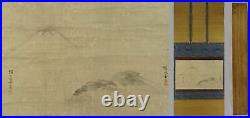
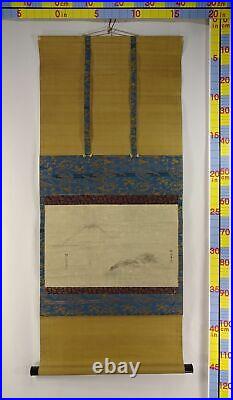



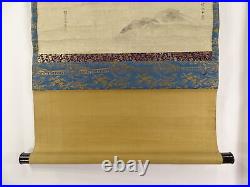
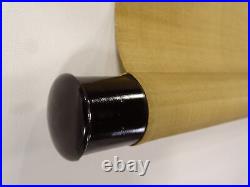
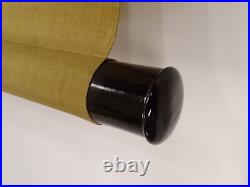
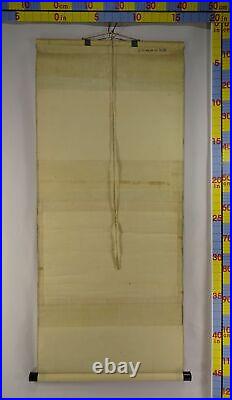
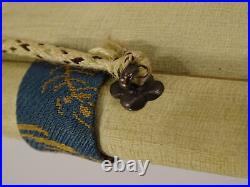
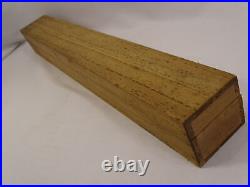
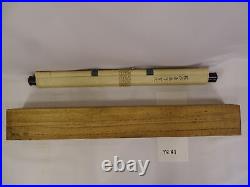

He is the ancestor of the Kano school of blacksmith bridges. His name is Morinobu. He is a childhood name, Uneme. He has another issue such as Byakurenko and Seimei. Takanobu’s eldest son. He went to Edo and became a painter for the shogunate, laying the foundation for the prosperity of the Edo Kano school, featuring a dignified and pale style of painting against the magnificent style of the Momoyama period. In Kanbun 2 (1662), he was hailed as the highest-ranking painter. Four years later, he was involved in the production of the statue of Cloistered Emperor Mizuo, and received the seal of “Brushmine Daishi” from the Pope. Iwashimizu (Otokoyama) Hachimangu Shrine priest of Takimotobo. He inherited Higashiyama culture by interacting with Konoe Nobutada, Takuan, Hayashi Razan and others. He was one of the three Kanei sanpitsu, and was also a master of ink painting, Yamato-e, and tea ceremony. Please note this explanation is translated into English by using an automatic translator. Please excuse us as you may find some unnatural expressions. The Japanese Hanging Scroll- and how to enjoy them? KAKEJIKU is traditionally displayed in TOKONOMA(an alcove in traditional Japanese room). They maily display for their guests and for carrying out the seasonal events. So why don’t you have a few and try changing them depends on the guests, seasons and even for your feelings! Modern Japanese houses even don’t have a TOKONOMA, so less and less people are displaying them these days. It is a shame that people forget about KAKEJIKU. However it is more important to actually display, respect and enjoy in your own ways rather than following all the traditional ways. You can enjoy freely and display in just like any ways!! — ePACKET(Standard) —? This is a cheaper method than EMS and a faster method than SAL. But I don’t recommend SAL. SAL is not usable in some country? (Australia, Greenland, Denmark, Germany, Norway, Hungary, Finland, Poland)? When you request SAL, please contact me. Doing that is against U. This item is in the category “Antiques\Asian Antiques\Japan\Paintings & Scrolls”. The seller is “yorozuya-jp” and is located in this country: JP. This item can be shipped worldwide.
- Type: Paintings, Scrolls & Prints
- Primary Material: Paper
- Technique: Hand Painted
- Color: Pale Tone
- Roller ends: Wood
- Box: Wood Box
- Region of Origin: Japan
- Original/Reproduction: Original
- Age: Unknown
- Size(cm): About 48cm (W) X 111cm (H)
- Size(in): About 18.9in (W) X 43.7in (H)
- Autographs & Seals: Tanyu Kano
